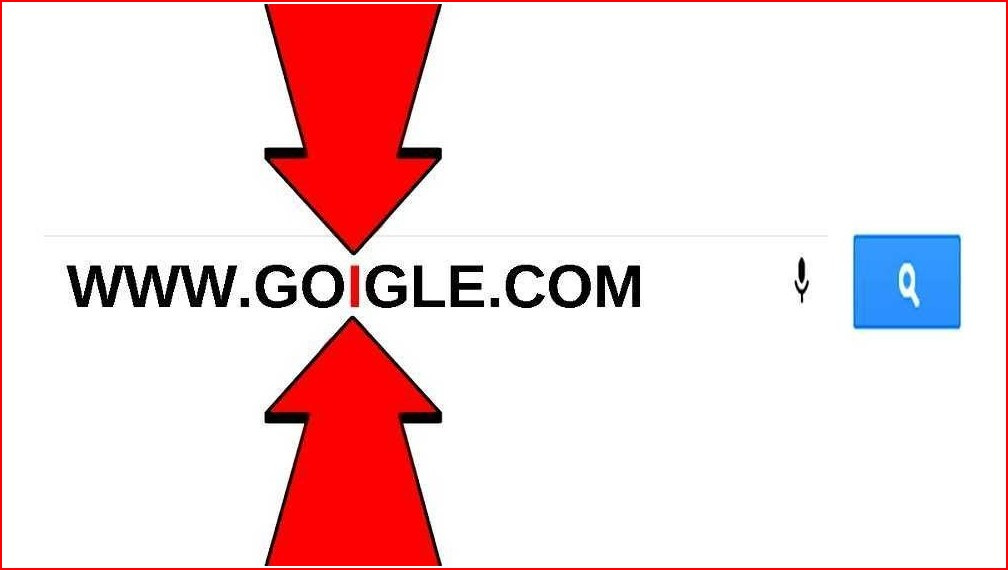
Date First Published: 11th January 2022
Topic: Computer Networking
Subtopic: Network Identifiers
Article Type: Computer Terms & Definitions
Difficulty: MediumDifficulty Level: 6/10
Typosquatting is the act of registering misspellings or typos of common domain names in the hope that a user mistypes the URL and visits the typosquatted website. Such domains could 'phish' for other people's details and try to trick them into entering their sensitive information, distribute malware, or display technical support scams that use intentional false positives to convince users that their computers have problems when they actually don't.
Most companies take preventative measures against typosquatting by registering common misspellings of their domain name and redirecting it to their website before malicious users can register misspellings of their domain name as their own. For example, gogle.com, a misspelling of google.com, since it is missing an 'o' redirects to the official website.
Even though most companies redirect common misspellings of their domain to their official website, they cannot register every possible misspelling or typo of their domain name as it would cost them a lot of money to register all of those domain names. Typosquatting mostly targets users who type the URL of the website into their web browser rather than users that use search engines for finding a website. But, it is possible for typosquatted websites to appear in search engines or for users to get redirected to them by visiting malicious websites or by malware installed on their computers.
Like domain squatting, typosquatting comes from the words 'typo' and 'squatting'. The word 'squatting' means to occupy an unused area that the squatter does not own or have permission to use.
Other examples of typosquatting include:
If so, it is important that you tell me as soon as possible on this page.
Network Services Network Setups Network Standards Network Hardware Network Identifiers Network Software Internet Protocols Internet Organisations Data Transmission Technologies Web Development Web Design Web Advertising Web Applications Web Organisations Web Technologies Web Services SEO Threats To Systems, Data & Information Security Mechanisms & Technologies Computer Hardware Computer Software Ethics & Sustainability Legislation & User Data Protection